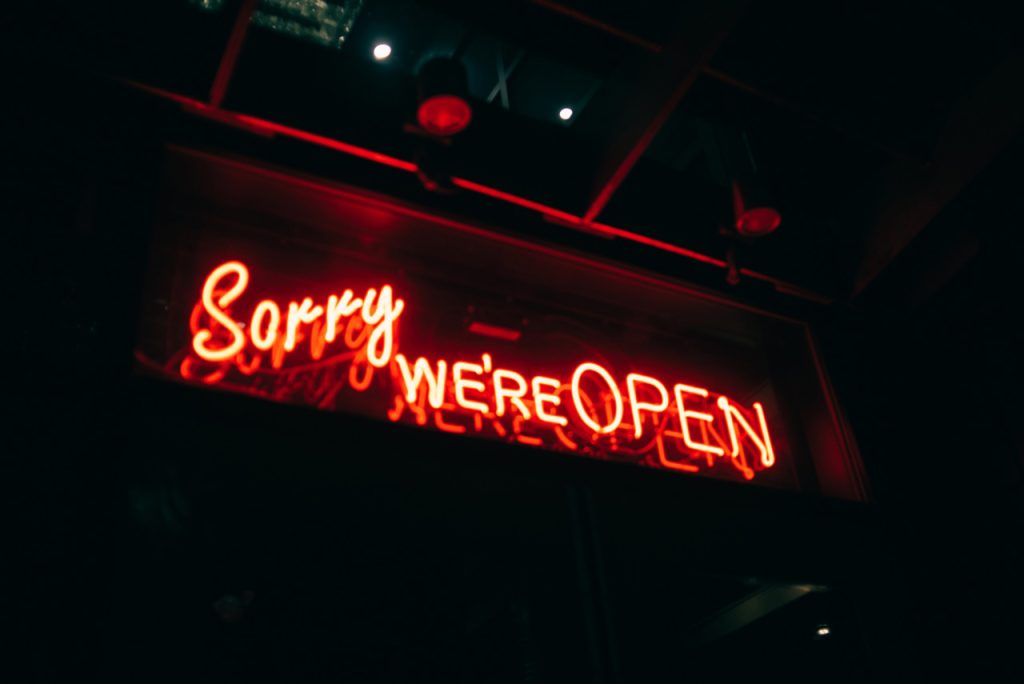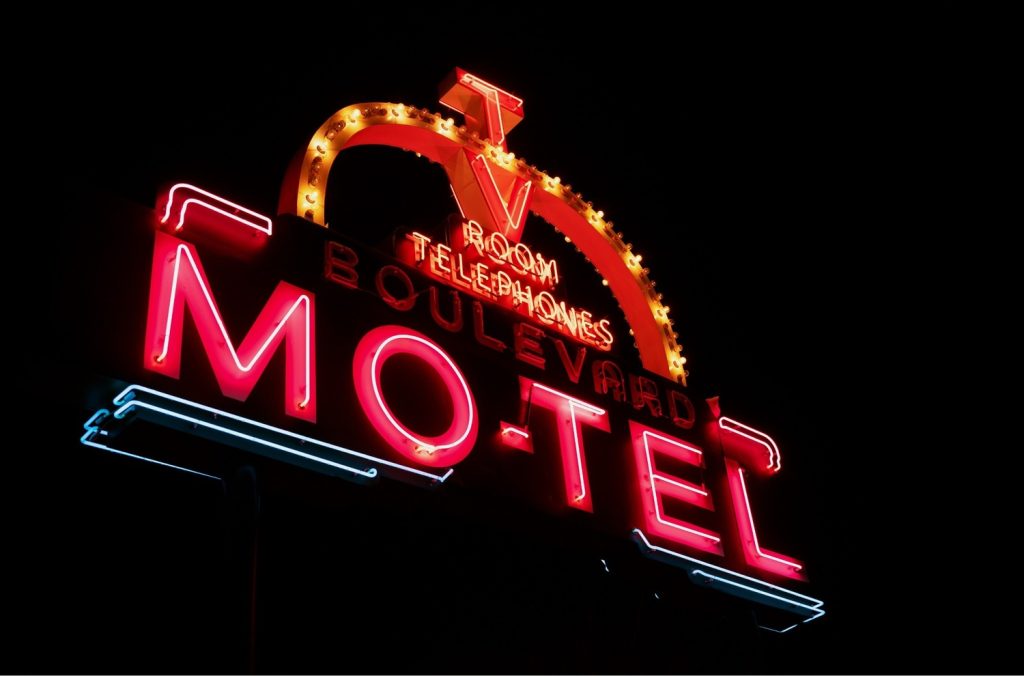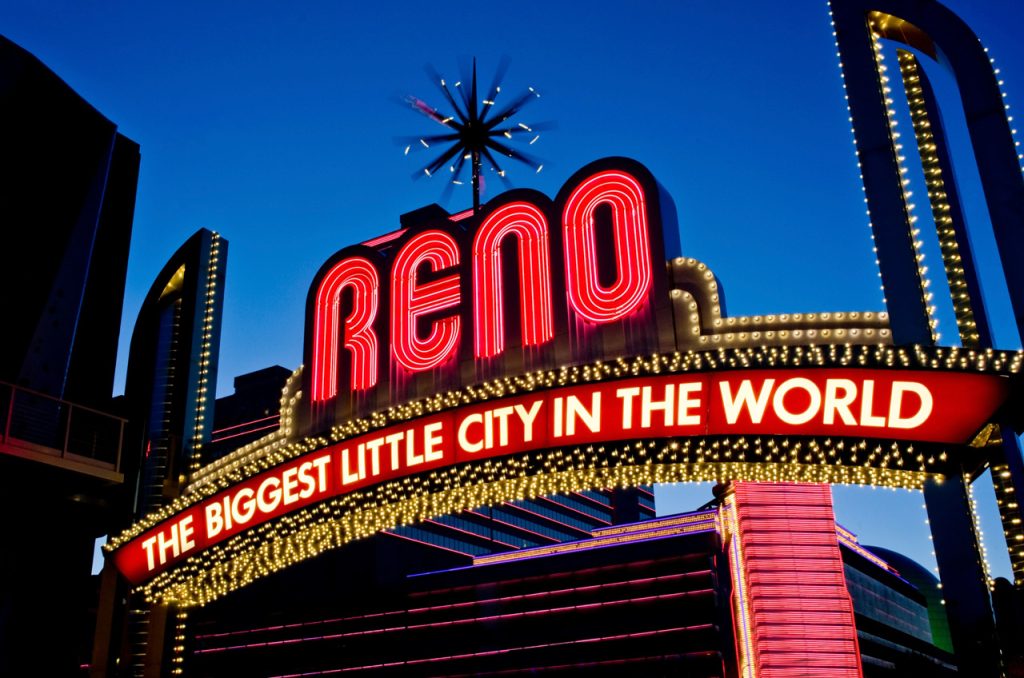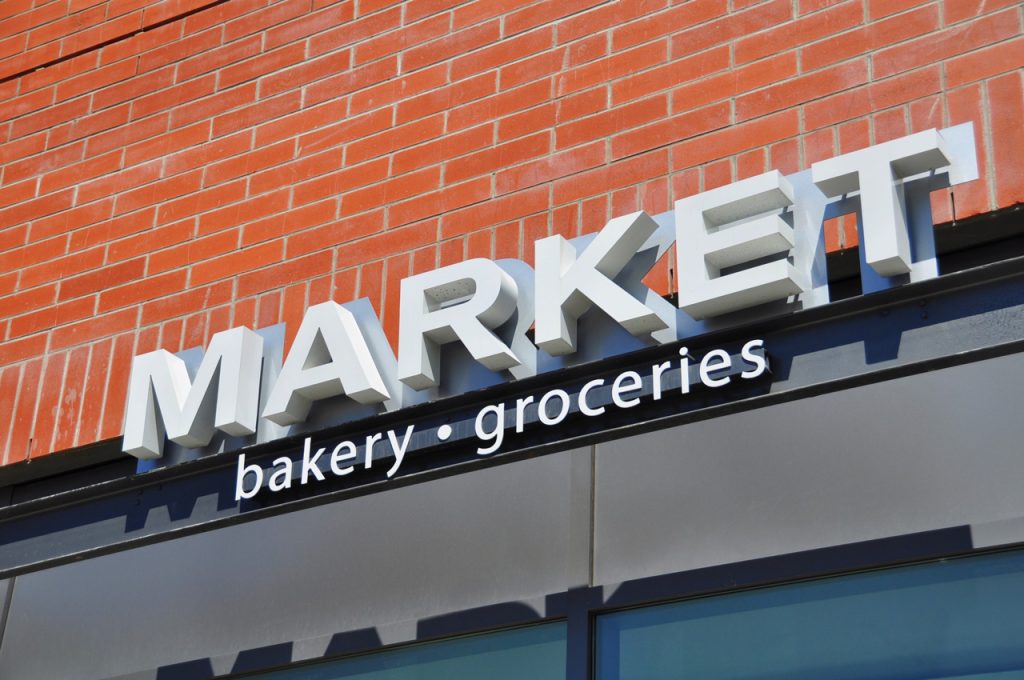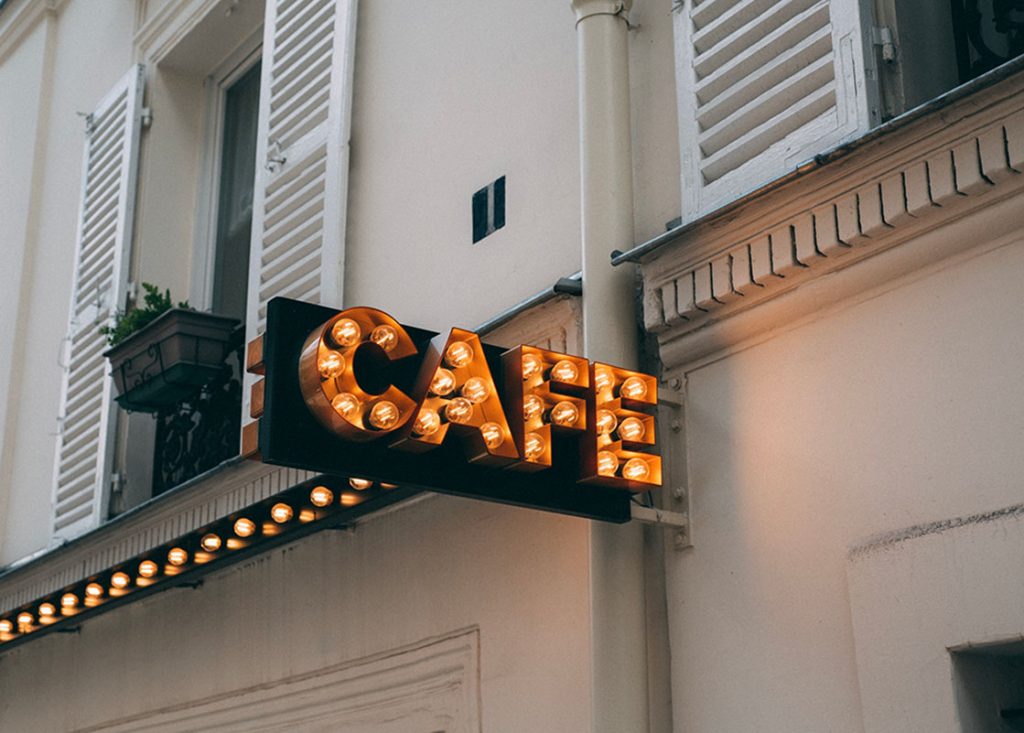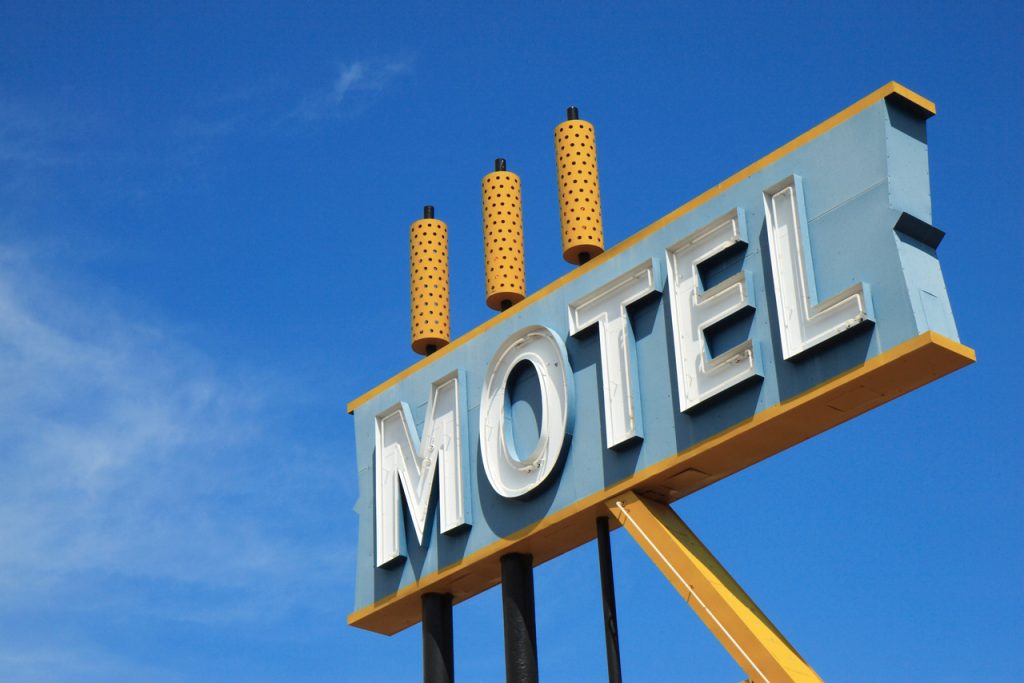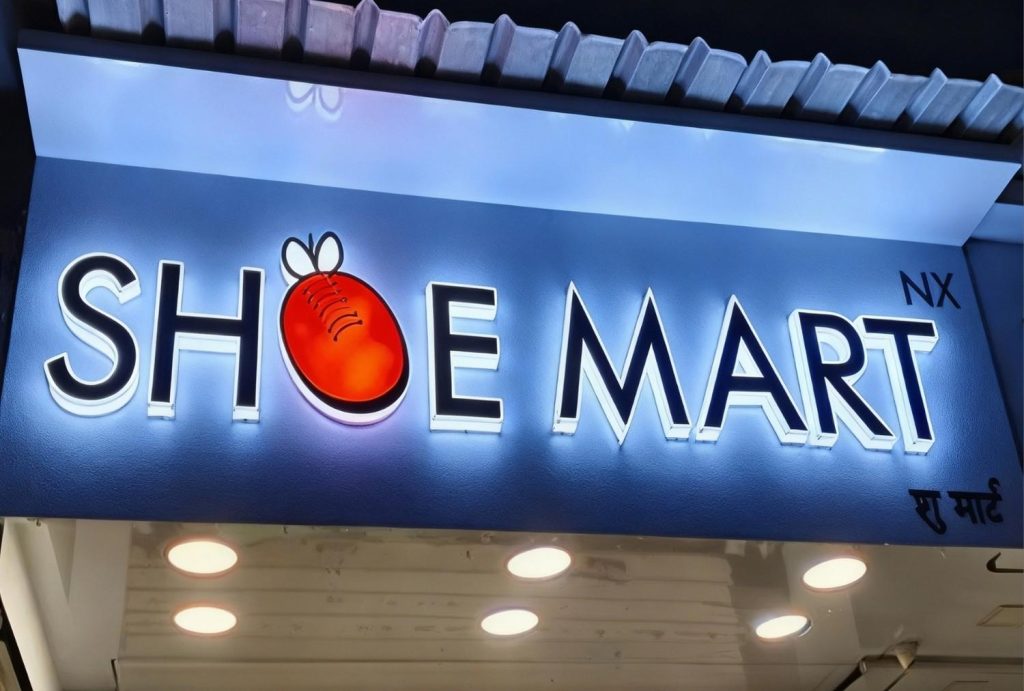What Is a Signage Permit?
August 15, 2025
Walking through the Energy Corridor, you’ve probably noticed eye-catching signs that pull you into stores, restaurants, and offices. But have you ever wondered how these signs got there? Behind every successful business sign is often something overlooked: a signage permit.
A signage permit is an official approval from your local authorities that allows you to install, modify, or display a sign legally. Without it, your dream of a glowing LED storefront or stylish business sign could quickly turn into a legal and financial headache.
Getting a permit isn’t just about obeying the law—it’s about protecting your investment, enhancing visibility, and ensuring your sign is safe for pedestrians and traffic. For business owners in the Energy Corridor, understanding permits is key to running a professional, compliant operation.
What is a Signage Permit?
Definition of a Signage Permit
A signage permit is a legal authorization from your local municipal office that allows you to display or install a sign on your property. It ensures the sign adheres to size, lighting, material, and placement regulations. Think of it as your business’s “license” to shine—literally and figuratively.
Purpose and Importance
Why does the city care about signs? First, safety. Overly large or poorly installed signs can fall, distract drivers, or block visibility. Second, aesthetics. Communities like the Energy Corridor aim to maintain a polished, professional appearance for neighborhoods and commercial areas.
Obtaining a permit also protects you legally. A permitted sign avoids fines, forced removal, or disputes with the local authority or neighboring businesses. In short, permits are your insurance policy for professional and safe signage.
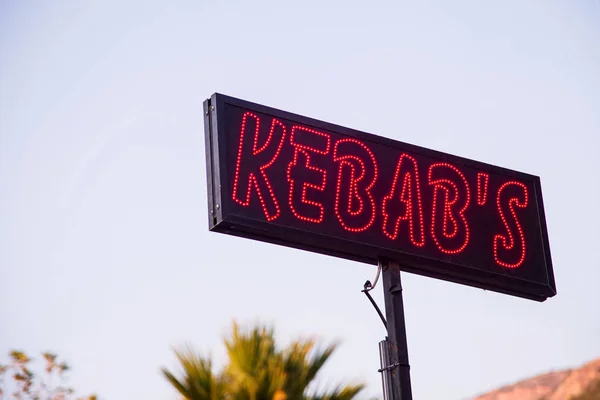
Types of Signage That Require Permits
Outdoor Signs
Most outdoor signage in the Energy Corridor requires a permit. Examples include:
- Storefront signs and wall-mounted letters
- Monument signs at entrances of office buildings
- Neon signs, LED signs, and lightboxes
- Banners for sales or events
City regulations control size, illumination, and placement to ensure visibility without compromising safety or neighborhood aesthetics.
Indoor Signs
Even indoor signs may need approval if they’re visible from the street or include electrical components like LEDs or backlighting. Think about a clinic lobby sign or a large retail display that’s visible from outside—it may require a permit.
Temporary vs. Permanent Signs
Temporary signage, such as holiday banners, promotional displays, or event signs, often requires a short-term permit. Permanent signage—like LED storefront letters or monument signs—falls under stricter rules regarding materials, size, and lighting.
Who Needs a Signage Permit?
Business Owners
If you own a business in the Energy Corridor, you’re responsible for ensuring all signage is compliant. This applies to offices, retail stores, restaurants, and medical practices. Even small businesses like boutique shops or coffee bars need to follow rules to avoid fines.
Property Managers and Landlords
Property owners leasing commercial spaces are often responsible for permits, even if tenants design or pay for the sign. Permits ensure that signage across the property is consistent, safe, and compliant with local regulations.
The Signage Permit Application Process
Step 1: Research Local Regulations
The first step in obtaining a signage permit in the Energy Corridor is to research municipal rules. These typically include:
- Allowed types of signage
- Maximum dimensions and height limits
- Lighting and electrical restrictions
- Placement relative to streets, sidewalks, and entrances
- Requirements for illuminated or LED signs
Understanding these regulations early prevents unnecessary revisions and delays.
Step 2: Prepare Your Sign Design
Next, create a detailed plan for your sign. Include:
- Dimensions and materials
- Lighting type (LED, neon, or backlit)
- Installation location and method
- Branding elements like logos and colors
Working with professionals like LED Lights and Signs is invaluable. They ensure your sign is visually appealing while fully compliant with Energy Corridor regulations.
Working with Professionals like LED Lights and Signs
Experienced signage companies streamline the process by:
- Ensuring designs meet municipal codes
- Preparing accurate application documents
- Coordinating with inspectors for approval
- Handling safe, professional installation
Step 3: Submit Application
Permit applications usually include:
- Sign drawings and specifications
- Installation plan and location
- Lighting and electrical details
- Proof of payment for permit fees
Completing the application thoroughly reduces delays and helps inspectors approve your sign quickly.
Step 4: Inspection and Approval
After submission, inspectors may:
- Review your design for compliance
- Request minor adjustments
- Approve the permit for installation
Once approved, your sign can be legally installed. Professional companies often assist with this stage to ensure a smooth process.
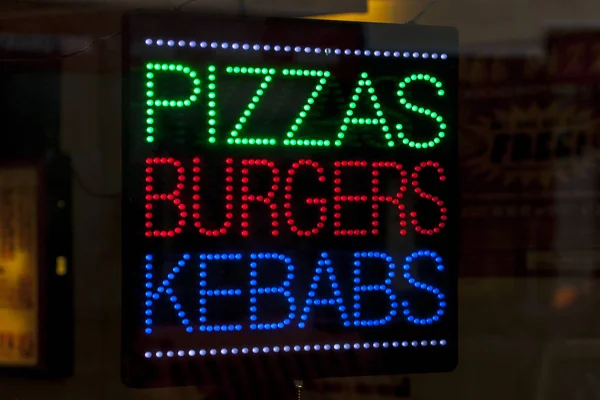
Common Requirements for Signage Permits
Design and Size Specifications
The Energy Corridor has specific regulations for height, width, and overall design. Some areas restrict flashing or oversized signs to maintain visual harmony. Understanding these rules ensures your design is approved quickly.
Safety and Placement Regulations
Signs must not obstruct sidewalks, driveways, entrances, or emergency exits. Electrical signs require safety inspections and compliance with energy codes.
Fees and Timelines
Permit fees depend on size, type, and location. Approval may take days to several weeks, so planning ahead is crucial for business openings or promotional events.
Benefits of Obtaining a Signage Permit
Legal Protection
Permitted signs protect your business from fines, legal disputes, or forced removal, ensuring your investment is safe.
Enhanced Visibility and Credibility
A permitted sign enhances brand credibility. For instance, an LED sign from LED Lights and Signs not only attracts attention but signals professionalism and compliance—boosting customer trust.
Custom Branding Opportunities
With a permit, you can safely implement creative elements, such as LED animations, backlit logos, or multi-colored designs, without worrying about violating local laws.
Consequences of Not Having a Signage Permit
Fines and Penalties
Cities can impose hefty fines on unpermitted signs, often exceeding the cost of the permit itself.
Forced Removal or Modifications
Non-compliant signs may be removed or altered at your expense, causing business disruptions and damage to branding.
Damage to Reputation
An illegal or unsafe sign can damage a business’s reputation, making customers hesitant to visit.
Tips for a Smooth Signage Permit Approval
Hire Experts
Professional signage companies like LED Lights and Signs know Energy Corridor regulations inside and out, ensuring your sign is compliant from design to installation.
Double-Check Regulations
Signage rules vary within neighborhoods. Verify zoning laws, lighting restrictions, and size limits to avoid costly mistakes.
Keep Documentation Organized
Maintain copies of applications, approvals, permits, and communication with authorities. This prevents delays and ensures smooth inspections.
Plan Ahead
If you’re opening a new business or promoting an event, submit your permit application early. Permit approval can take several weeks.

How LED Lights and Signs Can Help
Design Consultation
From sketches to full renderings, LED Lights and Signs helps businesses in the Energy Corridor design visually compelling signs that meet regulations.
Permit Guidance and Installation
They also provide permit guidance, ensuring the application process is smooth, and perform professional installations for safety and aesthetics.
Maintenance and Upgrades
Beyond installation, they can maintain your signage, update LED components, or adjust lighting to keep your business visible and attractive.
Real-World Example: A Successful LED Sign Installation in Energy Corridor
A boutique in the Energy Corridor wanted a bright LED storefront sign. By partnering with LED Lights and Signs, the boutique:
- Designed a visually striking and permit-compliant sign
- Submitted a complete permit application
- Installed the sign safely and professionally
The result? Increased foot traffic, enhanced visibility, and zero legal issues—showing how proper planning and expert guidance make all the difference.
LED Lights and Signs Serving the Energy Corridor Community and Beyond in Houston
LED Lights and Signs is dedicated to serving the diverse needs of the local community of Houston, including individuals residing in neighborhoods like Energy Corridor. With its convenient location near landmarks such as the Terry Hershey Park and major intersections like Park Row Blvd. and N Eldridge Pkwy (coordinates: 29.786701775912793, -95.62563596921325), we offer retail signs Houston services.
Get Retail Signs At Energy Corridor Now
Navigate from Energy Corridor to LED Lights and Signs Now
Conclusion
Obtaining a signage permit in the Energy Corridor is crucial for any business wanting to stand out safely and legally. With careful planning, research, and professional help from LED Lights and Signs, your sign can attract attention, build credibility, and remain fully compliant. Don’t risk fines or removal, let your business shine responsibly!
FAQs
1. How long does it take to get a signage permit in the Energy Corridor?
Approval times range from a few days to several weeks depending on the sign’s complexity.
2. Do all signs require permits in the Energy Corridor?
Most outdoor and illuminated signs do. Small indoor signs may not, but always verify local codes.
3. Can I install a sign without a permit?
Technically yes, but you risk fines, removal, and legal issues.
4. How much does a signage permit cost in the Energy Corridor?
Fees vary by size, type, and location. Costs typically range from $50 to several hundred dollars.
5. What information is needed for a permit application?
Applications usually require design, dimensions, materials, location, and lighting/electrical details.
Recent Blogs
Free Phone Consultation
Explore our range of High-quality signage solutions tailored just for you. From eye-catching LED displays to elegant custom signs, we’ve got you covered. Plus, take advantage of our FREE PHONE CONSULTATION to discuss your needs and get started today! Simply reach out to us by dialing (281) 235-3242.



